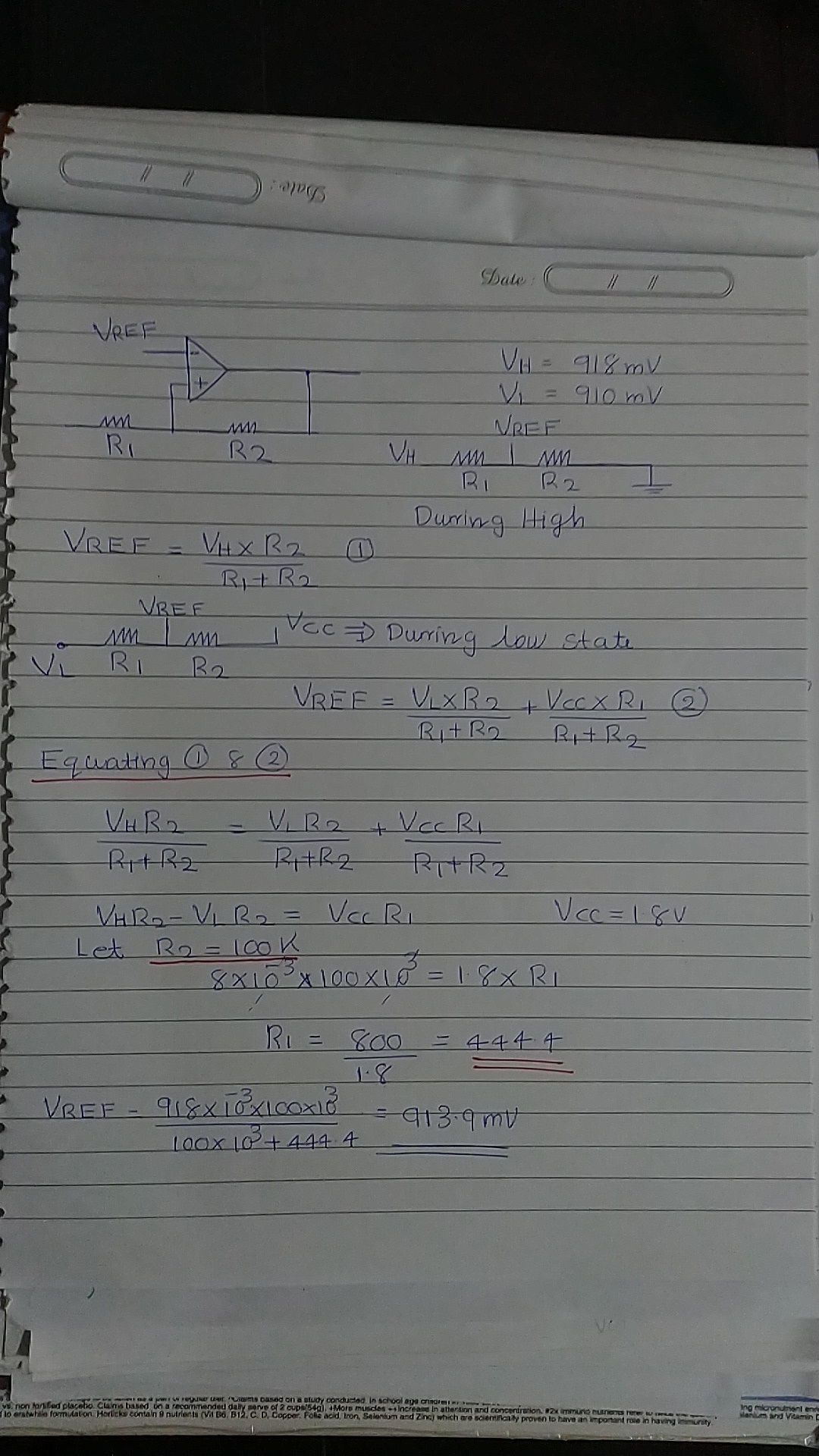Hi Team,
I designed a comparator with Vil=910mV and Vih=918mV .When I measured the hysteresis after simulation I obtained a value of 28mV.
The internal Hysteresis of the IC is 14mV and external is 8mV. As per my understanding these two will get added(Please correct me if I am wrong).
Then also the value expected is 22mV.May I know from where the extra 6mV is coming.
If you can tell me how to calculate the total hysteresis it will be helpful for me.
Please find the attached TINA file
Regards
hari



